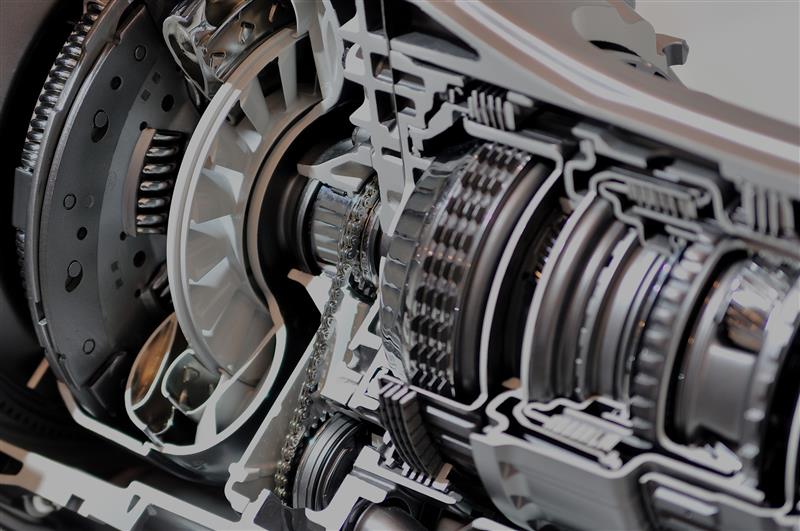Understanding transmission fluid is essential for maintaining your vehicle’s performance. In this article, we’ll explain what transmission fluid is, how to check its levels, and how often it should be changed. We’ll also break down the differences between a transmission fluid change and a flush, helping you decide which service is best for your car. Regular maintenance ensures smooth shifting, prevents costly repairs, and extends your transmission’s lifespan. Stay informed and keep your vehicle running at its best with these expert tips.
What Is Transmission Fluid & Why Is It Important?
Transmission fluid serves as both a lubricant and a coolant for your vehicle’s transmission system. It reduces friction between moving parts, preventing excessive wear and tear. Additionally, it keeps the transmission at an optimal temperature, avoiding overheating issues. Automatic and manual transmissions use different types of fluids, each designed to meet specific performance needs. Using the correct fluid type is essential for maintaining transmission health.
How to Check Transmission Fluid: A Step-by-Step Guide
- Locate the Transmission Dipstick – Most vehicles have a dipstick under the hood labeled “Transmission.” If your vehicle lacks a dipstick, check the owner’s manual for the proper inspection method.
- Check Fluid Level and Color – Pull out the dipstick, wipe it clean, reinsert it, then remove it again to check the level and color. Healthy fluid is typically bright red or pink, while dark or burnt-smelling fluid indicates contamination.
- Assess Fluid Condition – If the fluid appears dirty, gritty, or has a burnt odor, it’s a sign that a change is needed.
- Address Low Fluid Levels – If the fluid level is low, top it off with the recommended type of transmission fluid, but also inspect for leaks.
How Often to Change Transmission Fluid
Not sure when to change your transmission fluid? It depends on your vehicle, but a good rule of thumb is every 30,000 to 60,000 miles. However, if you’re frequently towing, driving in extreme temperatures, or dealing with a lot of stop-and-go traffic, your transmission works harder, meaning you may need to change the fluid sooner. Your owner’s manual will have the manufacturer’s recommendation, but real-world driving conditions play a big role too. Keeping up with regular maintenance can help extend the life of your transmission and keep your vehicle running smoothly!
Transmission Fluid Change vs. Flush: Which One Do You Need?
Not sure whether your car needs a transmission fluid change or a full flush? Here’s the difference:
- A transmission fluid change drains and replaces only a portion of the old fluid—typically about 40-50%—helping to keep things running smoothly as part of regular maintenance.
- A transmission fluid flush, on the other hand, completely removes all the old fluid using a specialized machine and replaces it with fresh fluid. This is ideal if the fluid is severely contaminated, but there’s a catch—if your transmission is already in rough shape, a flush could stir up debris and potentially cause clogs.
If you’re unsure which is best for your vehicle, checking the fluid’s condition and following your manufacturer’s recommendations is always a smart move!
Step-by-Step Guide: How to Change Transmission Fluid
Tools and Materials Needed:
- Transmission fluid (correct type for your vehicle)
- New transmission filter and gasket (if applicable)
- Drain pan, funnel, and gloves
- Socket wrench set
Steps:
- Drain the Old Fluid – Place a drain pan under the transmission pan, remove the drain plug, and allow the fluid to drain completely.
- Replace the Transmission Filter – If applicable, remove the old filter and replace it with a new one.
- Refill with New Fluid – Using a funnel, add the correct type and amount of transmission fluid as specified in your owner’s manual.
- Check for Leaks and Test Drive – Run the engine and shift through gears to ensure smooth operation. Recheck the fluid level and adjust if necessary.
- Dispose of Old Fluid Properly – Take used transmission fluid to a recycling center or auto shop for safe disposal.
However, some vehicles are different. Make sure to check your owners manual before you begin changing your transmission fluid.
Benefits of Regular Transmission Fluid Maintenance
Taking care of your transmission fluid might not be the first thing on your mind, but it can make a huge difference in how your vehicle performs and how much you spend on repairs down the road.
- Prevents Costly Repairs – Replacing your transmission fluid regularly helps reduce wear and tear on critical components, keeping your transmission running strong and preventing expensive breakdowns. A little maintenance now can save you from a major repair bill later!
- Boosts Fuel Efficiency – Clean transmission fluid minimizes friction, allowing your engine and transmission to work more efficiently. That means better fuel economy and fewer stops at the gas pump.
- Ensures Smooth, Reliable Shifting – Proper lubrication keeps your gears shifting seamlessly and quietly, making your drive feel smoother and more comfortable—no jerky movements or unexpected slips.
When to Seek a Professional Transmission Fluid Change Service
If your car feels a little off—like rough shifting, slipping gears, delayed engagement, or strange noises—it might be time to have your transmission checked. These warning signs can indicate that your fluid is low, dirty, or that there’s a bigger issue at play.
While changing the fluid yourself might seem like a good way to save money, a professional service ensures a complete fluid exchange, checks for leaks, and keeps your transmission running smoothly. At Burt Brothers, our certified technicians take the guesswork out of the process, giving you expert care and peace of mind. If you’re noticing any of these signs, stop by your nearest Burt Brothers location, and we’ll help keep your vehicle in top shape!
Conclusion: Keep Your Transmission Running Smoothly
Keeping up with routine transmission fluid checks and changes is one of the best ways to keep your vehicle running smoothly for the long haul. Fresh, clean fluid helps prevent excessive wear and tear, improves performance, and extends the life of your transmission—saving you from costly repairs down the road.
Don’t wait until you notice rough shifting, slipping gears, or unusual noises—by the time symptoms show up, bigger issues could already be developing. At Burt Brothers, our expert technicians can check your fluid, perform a full transmission fluid service, and make sure everything is in top shape. Whether you need a routine change or a full flush, we’ve got you covered. Stop by your nearest Burt Brothers location today and drive with confidence!




